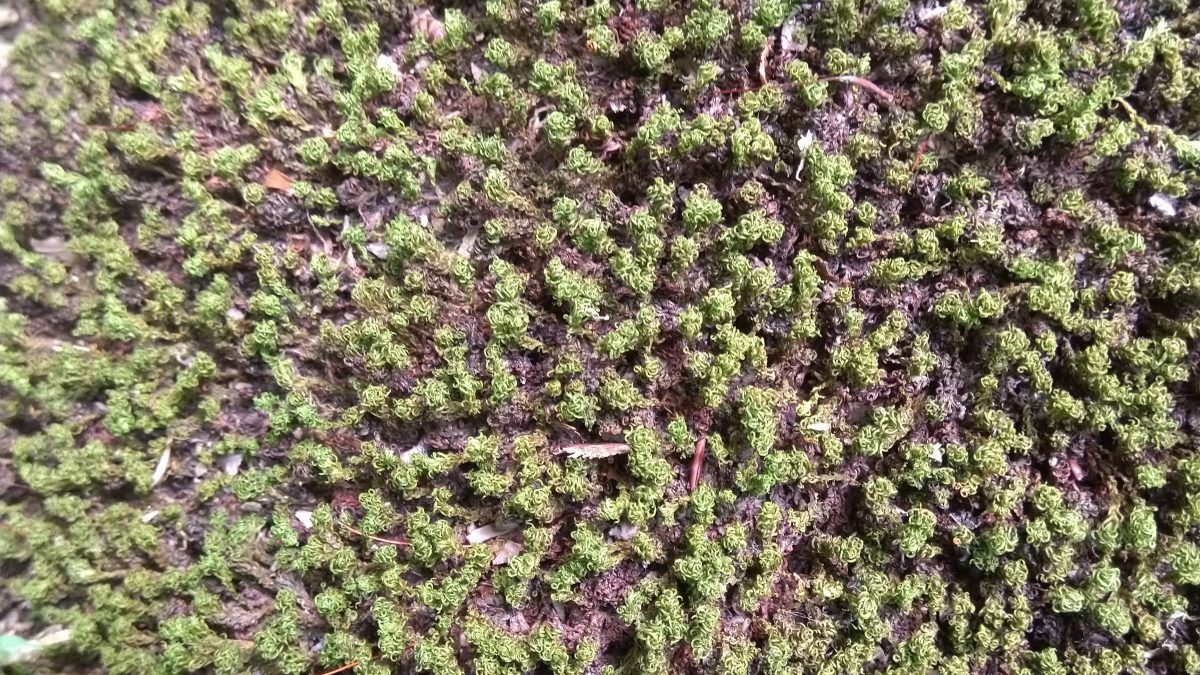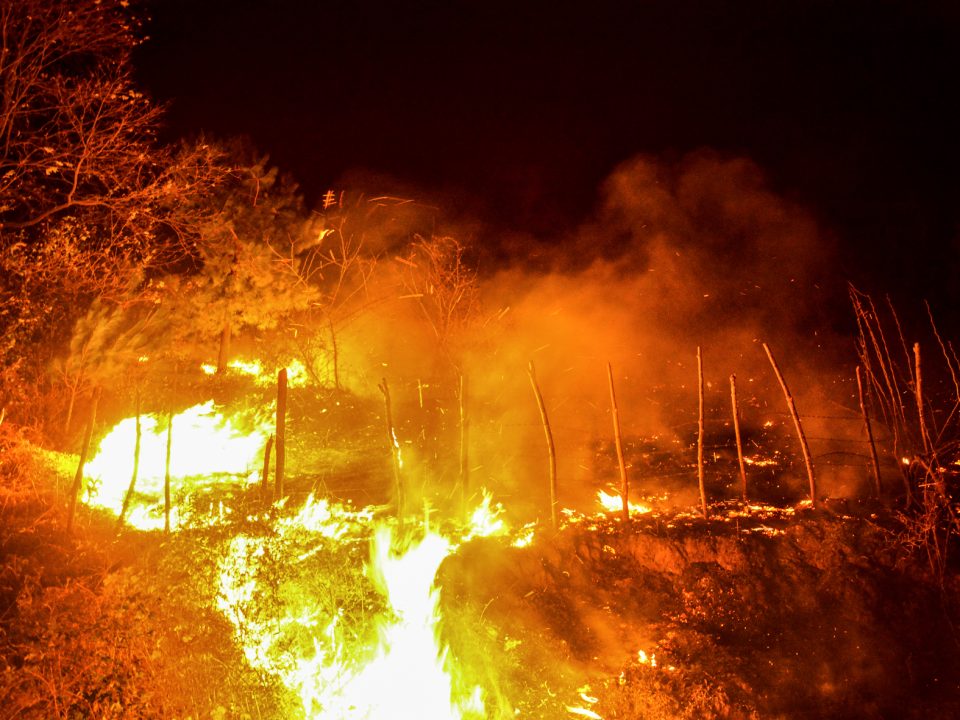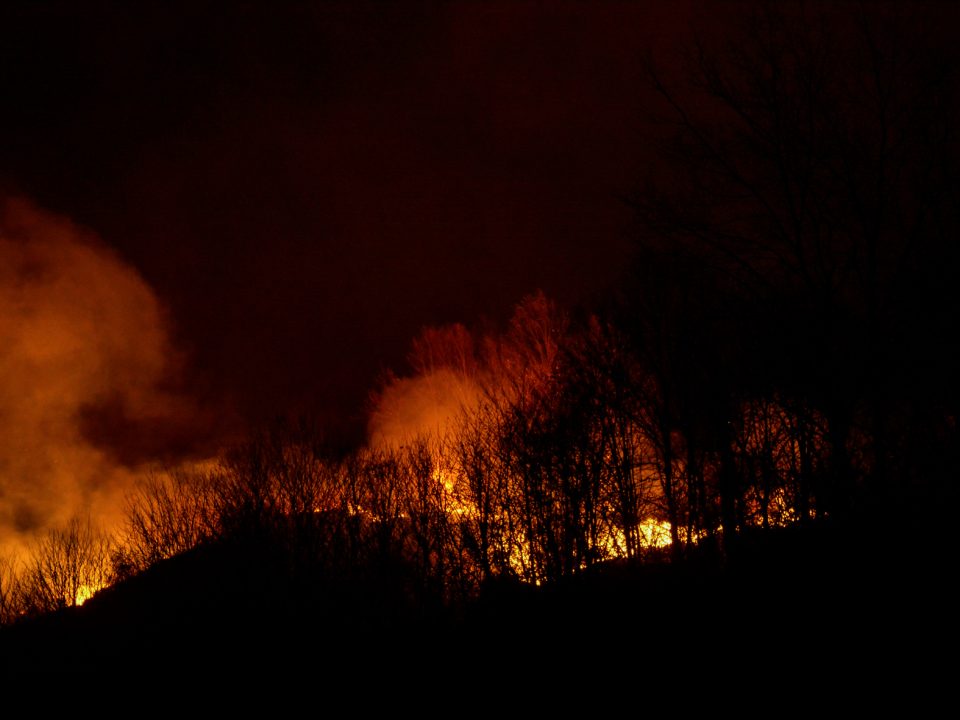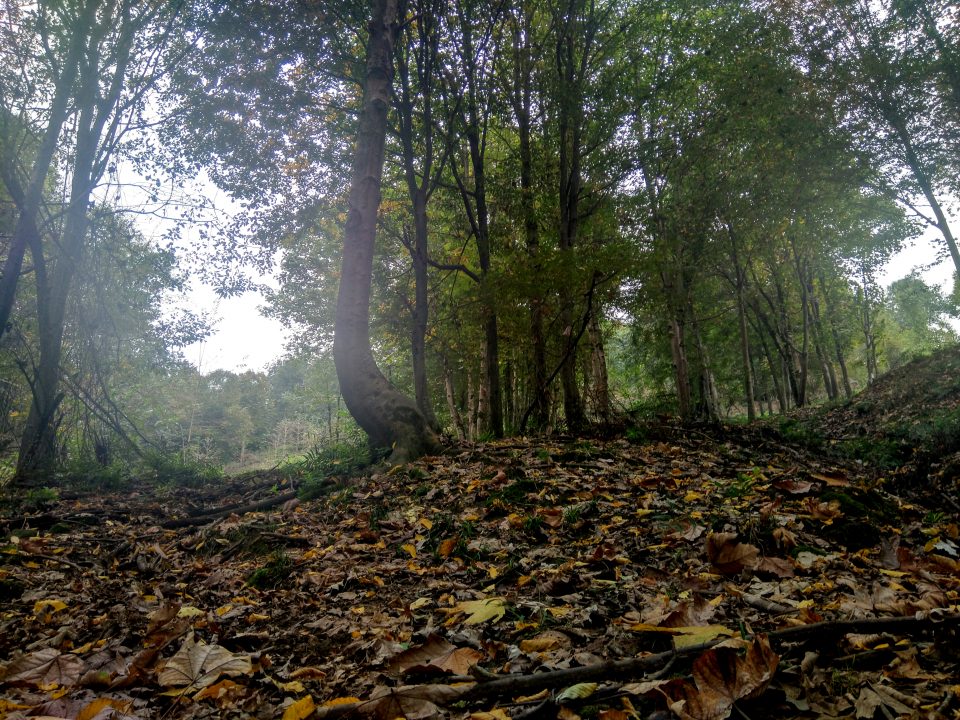Let’s join hands to kindly revive our forest (Section 1 – Plants and Insects)

دست به دست هم دهیم به مهر، جنگل خویش را کنیم احیا (بخش2- جانوران و پرندگان)
اکتبر 1, 2021
تا ریههای زمین را به غفلت درگیر نکنی
اکتبر 11, 2021Television, all social media platforms, billboards, and wherever conversations take place between people, words are exchanged that frighten us from facing the future. The melting of polar ice caps, the extinction of various plant and animal species, of which only photographs and videos remain in the archives of wildlife seekers. Epidemics of various diseases, floods, earthquakes, dust storms, droughts, and climate change, etc.
The headlines are short, but the shadow of their fear occupies our minds longer than ever. In the meantime, I don’t have an answer to these questions. What have we done to get rid of this constant fear? Have we taken steps to preserve the environment and to control climate change, to save the lives of wildlife, and even for the future of ourselves and those we love?
Television, all social media platforms, billboards, and wherever conversations take place between people, words are exchanged that frighten us from facing the future. The melting of polar ice caps, the extinction of various plant and animal species, of which only photographs and videos remain in the archives of wildlife seekers. Epidemics of various diseases, floods, earthquakes, dust storms, droughts, and climate change, etc.
The headlines are short, but the shadow of their fear occupies our minds longer than ever. In the meantime, I don’t have an answer to these questions. What have we done to get rid of this constant fear? Have we taken steps to preserve the environment and to control climate change, to save the lives of wildlife, and even for the future of ourselves and those we love?
Vegetarianism, feeding animals, waste separation at source, environmental cleanup, efficient use of energy resources, preventing the illegal harvesting of wood from forests, preventing the illegal killing of animals, and planting seedlings are all possible things. Let’s do our part to calm down and relax our minds to protect the environment. According to experts, vegetarianism and feeding animals can harm the environment. other things, such as municipal sewage, which may not even be visible, can accelerate the gradual death of the environment.
Even planting seedlings or trees, which has become an annual tradition, can be effective in this destructive process, if done without knowledge and awareness. To clarify the matter, it is not bad to know a little about non-native pines that were planted many years ago in the Lishak Siahkal area.
Non-native pine of Hyrcanian forests
The native pine of Guilan, which is called Caspian pine, is the only species of pine that is contrary to the school education, is not green in all seasons. Unfortunately, the pine that has grown in the Lishak of Siahkal area over the years is a Canadian pine that can be described as the silent killer of the Hyrcanian forests. This selfish and miserly pine acidifies the soil, destroying the environment for other species. It releases little moisture into the air and does not need pollinating insects, so it does not produce food for them, and eventually, the insects die. You must be wondering why they are planted? That’s a good question! These species are planted because they are very economical for the Wood trade.
In the meantime, our effective role stands out. We may not play much of a role in many cases, such as sewage or landfills, but what about deforestation and biodiversity conservation? It is not bad to know that the creatures of the forest are more generous than us and have not waited for our help. They interact with their surroundings from birth to death and perhaps afterward. These creatures will be the food of each other when they die. Here are some of the Hyrcanian forest creatures to learn more about their role in reforestation and conservation.
A. The role of plants and trees in the restoration of Hyrcanian forests
It must come to your mind that there are so many forests in Iran. Why are Hyrcanian forests important? These forests are one of the most influential resources on Earth. The extinction of plant or animal species in these forests can disrupt the Earth’s life cycle. Different species of ecosystems are interdependent and the extinction of one can lead to the extinction of the other.
In addition, the soil in these areas has high permeability. It stores between 500 and 2000 m2 of water per 10,000 m2. The special trees and the variety of plants that live in these areas provide an opportunity for animal nesting. Of course, animals are rarely found in other areas.
B- The role of insects and microorganisms in the restoration of Hyrcanian forests
1. Worms
Worm, a creature which is disgusting for some people by the thought of rolling between soils. But worms disarrange soil fertility by turning it upside down. They make a significant contribution to the fertility of soil ecosystems by mixing, crushing, and decomposing crop residues. They may look small and delicate, but worms play an important role in stabilizing forest carbon and improving the physical and chemical properties of the soil.
2. Butterfly
The butterfly is known for its delicate and beautiful wings. This diligent and beautiful creature plays an important role in pollination after coming out of the cocoon.
3. Bees
Beautiful creatures whose black and yellow stripes usually come to mind. We may be afraid of the bite of this beautiful insect and keep our distance from them. But we all agree that these hardworking creatures provide the sweetness of the breakfast table by eating the nectar of flowers. It is not bad to know that with the hairs in their body, they also play an effective role in pollination.
4. Ants
These small insects live in groups. We all know them as beneficial insects of nature. It is not bad to know that this beautiful and delicate insect is one of the creatures that play an effective role in the biological control of forest pests.
5. Ladybug
Ladybug, a small and useful insect. Is it possible to talk about insects and forget ladybugs?! Yes, ladybug! This beautiful insect, in turn, helps the forest. The beautiful spotted ladybug is one of the beneficial insects for biological control by eating aphids. Like other insects, they are an example of this proverb! “Still waters run deep”. They eat tens of thousands of aphids and pests during their short one-year life. Indeed, they don’t play any role in the sewing and dosing of our shoes, but they help the health of the trees.
6. The dung beetle
The beetle reminder for everyone is creatures that live in municipal sewage. But the house of this beetle is neither sewage nor cupboards and cabinets and …! Dung beetles live in the forest. As the name implies, it is not clear what would have happened to the forests if they weren’t. It was probably so full of animal feces everywhere that it was perhaps not even the size of a foot to walk in nature. This beetle has a small body, but turned the animal’s feces into tiny bullets quickly and rolled on the ground. In ancient Egypt, considered the goddess of the sun and a sacred creature. You may not believe it, but this tiny creature carries and defecates 250 times its weight in one day.




